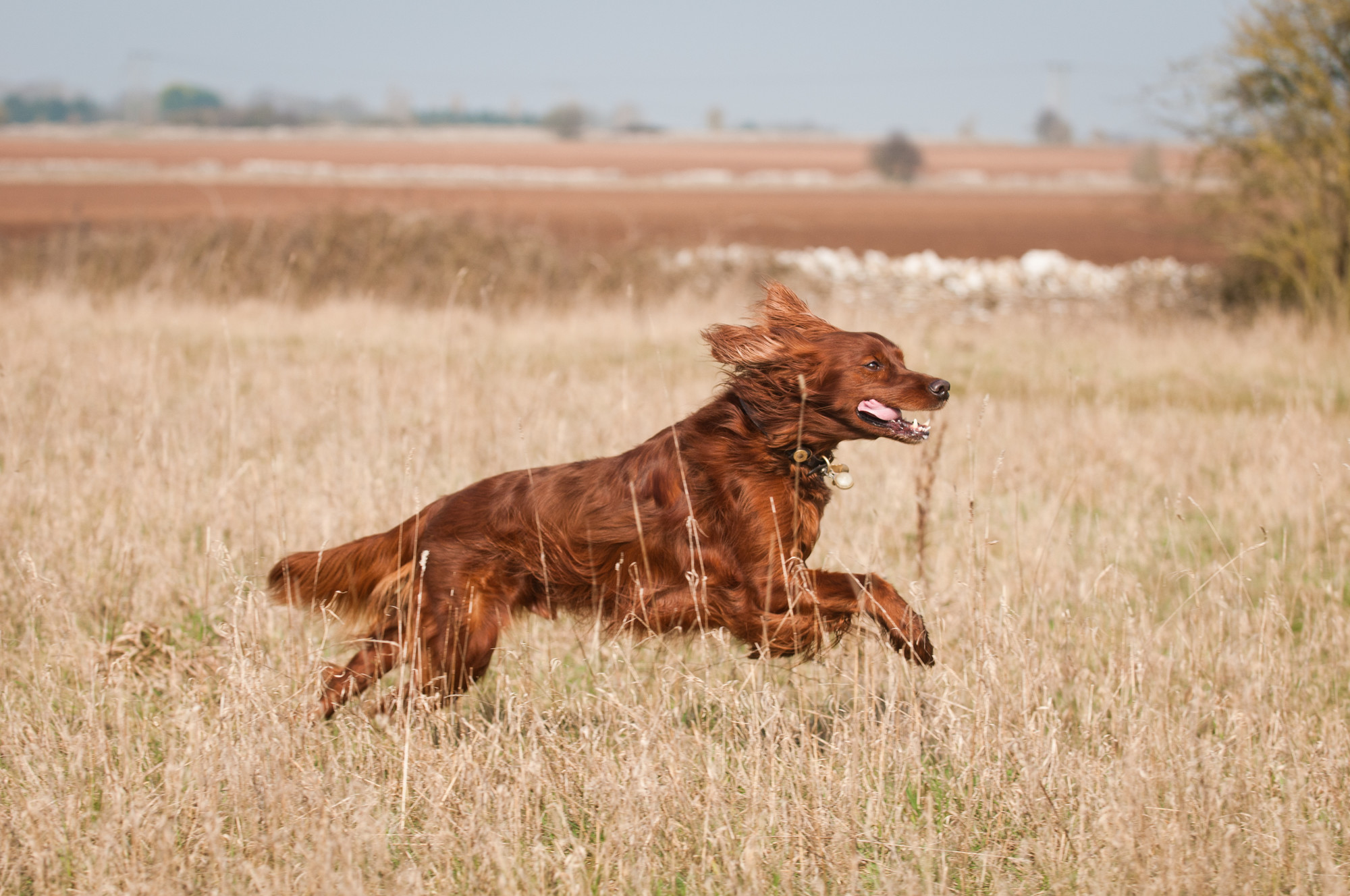
Can dogs have hay fever?
Dogs can suffer from hay fever, just like humans.
Hay fever in dogs looks different to the symptoms that humans experience. People get itchy eyes, a runny nose and the sneezes, and while dogs can show these signs too, the most common symptom of hay fever in dogs is itchy skin.
Although there is no cure, you can manage your dog’s hay fever with topical treatment (such as medicated shampoo, skin spray and cream) and medications from your vet.
What is hay fever?
Hay fever is an allergic reaction to pollen in the air. It is common during spring and summer.
An allergy to pollen in dogs is much less common than an allergy to fleas or house dust mites, but it can be difficult to know what's causing your dog's allergic reaction without an allergy test.
Dog hay fever symptoms
In humans, common hay fever symptoms include itchy eyes, a runny nose and sneezing. In dogs, however, an allergy to pollen usually affects the skin.
Symptoms of hay fever in dogs occur in spring and/or summer and include itching, nibbling or rubbing their:
- paws
- eyes, ears, mouth and muzzle
- armpits
- abdomen
- legs
- around their bum
- groin
Their skin may also look flaky, red and sore in these areas, it may feel greasy, and you could notice them losing patches of fur from excessive rubbing or licking. Your dog’s skin can also look completely fine but they may be very itchy.
If your dog has these symptoms at other times of the year, they may have an allergy to something else such as fleas or house dust mites, or they may have a bacterial, yeast or parasitic infection.
Constant scratching results in skin damage, which can make your dog more prone to itchy bacterial and yeast infections. If your dog is suffering and you think they may have hay fever or other allergies, book an appointment with your vet.
Take a look at our advice on allergies in dogs.
When is hay fever season?
The time of year that your dog suffers from hay fever will depend on the type of pollen your dog is sensitive to and what part of the UK you live in. Here is a rough guide:
- Tree pollen: late March – mid-May
- Grass pollen: mid-May – July
- Weed pollen: end of June – September
Dog hay fever treatment
Although hay fever can’t be cured, there are ways you can manage the symptoms to make it more bearable for your dog. Treatments can include:
- topical treatments such as medicated shampoos, skin sprays and creams
- wipes
- ear cleaner
- medicated ear drops or eye drops
- antihistamines, although these are not always effective in dogs and may cause your dog to become drowsy (only give these under direction of your vet, as they can be toxic to dogs)
- essential fatty acid supplements
- medication to help reduce skin inflammation and relieve itching, such as steroids
- immunotherapy – this can be very effective in some dogs and it may be the most cost effective option in large breeds
If you think your dog is suffering with hay fever, contact your vet for advice on treatment.
Important
Some human antihistamines are toxic to dogs. Only give your dog antihistamine under direction from your vet.
How to manage hay fever in dogs
As well as treatments, there are some other things that you can do to help lessen your dog's hay fever symptoms. They include:
- walking your dog early in the morning or later in the evening to avoid the high pollen counts at midday – or if you live near to the coast, the pollen counts will be much lower at the beach
- wiping your dog’s fur, skin and paws with a damp cloth or flannel, or washing them down to remove excess pollen after a walk
- washing bedding regularly
- using an air filter system to help your dog's condition within the household
- vacuuming regularly
- keeping on top of your dog’s flea and worming treatment to help reduce itching
Types of pollen that can affect your dog
If you get your dog allergy tested, you'll be able to know what type of pollen they are allergic to and the different ways to help them.
Tree pollen
If your dog is allergic to tree pollen, you can try:
- reducing your dog's walks when it’s windy and dry outside
- keeping doors and windows closed
- reducing the time your dog spends in the garden
- keeping up with the pollen forecast online or by using an app, so you can find out which days may trigger your dog's allergies
Grass pollen
If your dog has an allergy to grass pollen, you can try:
- mowing your lawn regularly to keep it short – just remember to keep your dog away during these times, as mowing the lawn can produce a lot of airborne pollen
- keeping your dog on lead in grassy areas, to stop them from rolling around and getting pollen in their fur
- reducing your dog’s time in the garden
Weed pollen
Different ways to manage your dog's weed pollen allergy include:
- carefully planning your walks with your dog – some weeds grow in abundance in woodland areas or grasslands
- keeping your outdoor areas clear of overgrown plants
- closing your windows
If you need to take your dog on fewer walks due to hay fever, you can still keep them physically and mentally stimulated at home. For ideas on indoor games for dogs, take a look at our advice.
Page details
Reviewed
• 23 March 2023
Next review
• 23 March 2026





